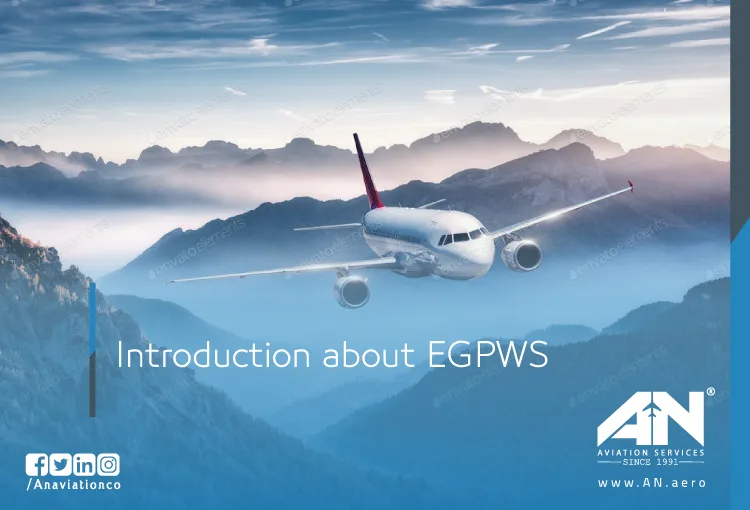Flying is one of the safest ways to travel, but that’s not by luck it’s because of strict safety measures in place.
System
Landing gears is not essential to flights, but it is important to landing! Well, think of it as a plane’s legs.
Aviation’s come a long way, hasn’t it? From wooden planes to jets soaring at lightning speeds, technology has reshaped the skies.
Flight Management Systems (FMS) are essential in modern aviation, providing pilots with the tools needed to manage and optimize flight operations.
Avionics encompasses everything from navigation, communication, collision avoidance, and weather systems to fuel monitoring and flight control.
The aviation industry is a symphony of precision, requiring every component to function seamlessly to ensure safety and efficiency.
The aviation industry is continuously exploring cutting-edge technologies to enhance efficiency, reduce operational costs, and improve safety.
In the world of aviation, precise and reliable systems are critical to ensure the safety and performance of an aircraft.
Aviation safety has taken massive leaps over the years, thanks to technological advancements that help pilots make informed decisions during flights.
Modern aviation safety systems are designed with one primary goal: preventing accidents and ensuring the safe completion of flights.











